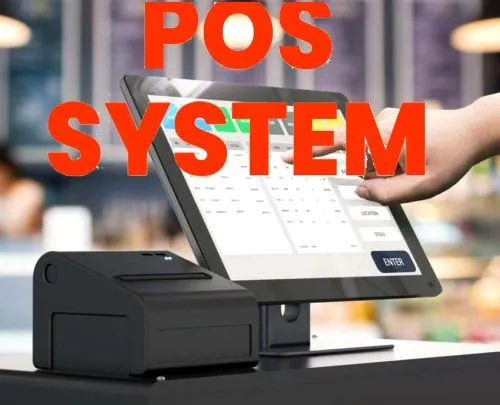US consumers in the face of persistent inflation keep spending briskly even
US consumers in the face of persistent inflation
WASHINGTON — A key inflation indicator closely observed by the Federal Reserve indicated that price levels continued to stay high in September, driven by robust consumer spending and a resilient economic expansion.
According to the Commerce Department’s report released on Friday, prices increased by 0.4% from Aug to September, maintaining the same rate as the previous month. When compared to the same period 12 months ago, inflation remained steady at 3.4%
Viewed in totality, the data released by the government on Friday portrays a consumer who, somewhat surprisingly, remains resilient and continues to spend vigorously, propelling the economy forward despite enduring inflation and elevated interest rates. Across various sectors of the economy, this robust consumer spending contributes to inflationary pressures.

However, when inflation is considered, spending surged by 0.4%. The savings rate also dropped to 3.4%, a significant decline from the pre-pandemic average of over 6%.
Oxford Economics
Michael Pearce, the lead U.S. economist at Oxford Economics, a consulting firm, commented, “This trend is not sustainable, and we anticipate a notable slowdown in spending growth in the coming quarters.
The month-to-month price hike in September surpasses a rate that aligns with the Federal Reserve’s 2% annual inflation target. This price escalation increases expenses for essential items like housing, food, and fuel.
While the Fed is anticipated to maintain its current short-term interest rate at its upcoming meeting next week, its policymakers have acknowledged the possibility that sustained robust economic growth may result in persistent high inflation, potentially necessitating additional rate hikes to control it.
Consumer Spending
Starting in March 2022, the central bank has embarked on a deliberate effort to combat inflation by increasing its key interest rate from nearly zero to approximately 5.4%. This move has resulted in a notable decline in the annual inflation rate, as indicated by the more commonly observed consumer price index, which has dropped from its peak of 9.1% in June of the previous year.
Readmore Suzuki Cultus October 2023 Price in Pakistan
Last Thursday, the government announced that the economy achieved a robust annual growth rate of 4.9% in the July-September quarter, marking the most impressive performance in nearly two years, primarily propelled by solid consumer spending. Increased consumer spending often prompts businesses to raise their prices. In the inflation report released last Friday, the government also noted a substantial 0.7% surge in consumer spending for the month.
The report released on Friday highlighted a notable increase in spending on services, driven by higher expenditures on international travel, and utilities.

Bank’s Projection
One significant factor that might lead the Fed to maintain its current interest rates throughout the rest of the year is that the 3.7% year-over-year increase in core inflation for September aligns with the central bank’s projection for this quarter.
Given that core prices have already reached this level, Fed officials will probably feel confident in proceeding as emphasized by Chair Jerome Powell, while closely observing the economic developments in the months ahead.
Nonetheless, the information presented in Friday’s report indicated that while the prices of goods, such as automobiles, furniture, and appliances, are currently declining, the costs for services continue to be persistently elevated.
As an the prices of restaurant meals increased by 0.4% from Augu to September, compared to a 0.2% uptick in the preceding month. These meals are now 5.8% pricier than they were one year ago.
Government Payments.
A specific metric that the Fed is carefully observing is the pricing of services, excluding energy and , which experienced a 0.4% increase last month, following a modest 0.1% rise in Aug.
This gauge is particularly interesting to the Fed as it monitors pricing trends heavily reliant on labor, making them exceptionally responsive to wage hikes. When transfer their increased labor expenses to consumers by raising prices, it can contribute to inflationary pressures.
A rob labor market has been a driving force behind consumer spending, as wages and salaries have consistently outpaced inflation throughout most of the year. However, the report released on Friday revealed a deceleration in the overall income growth, encompassing wages, interest income, and government payments. When adjted for inflation, after-tax income experienced a 0.1% decline in September, marking the third consecutive monthly decrease. This revenue decline has the potential to dampen spending and hinder growth in the coming months.



